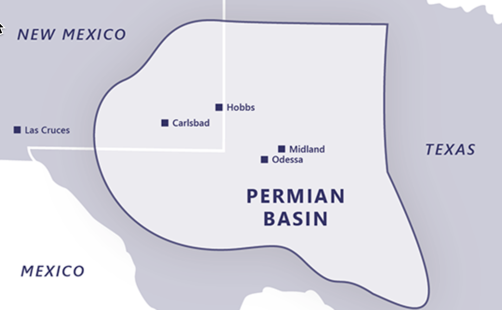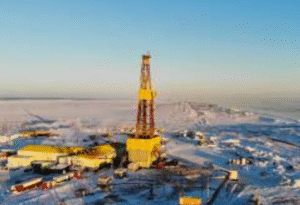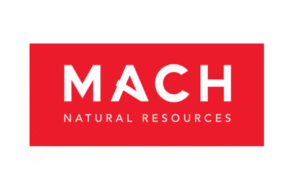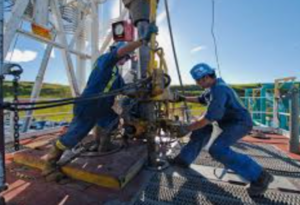Oil majors, including Exxon Mobil (NYSE:XOM) and Chevron (NYSE:CVX), reported record third-quarter profits, thanks to high prices amid tight supply due to the Russia-Ukraine conflict. However, some oil companies lowered their production targets for the Permian Basin, the largest U.S. shale oil basin. This has raised concerns on whether the oil production growth in the Permian Basin is slowing down, a situation which could lead to higher oil prices.
Oil Giants Lower Permian Output Targets
Pioneer Natural Resources (PXD), one of the leading oil companies in the Permian Basin, witnessed a 9% year-over-year drop in its Q3 oil production to 354,043 barrels per day. During its Q3 earnings call, Pioneer’s President Richard Dealy stated that productivity in the quarter “came in a little less” than what the company anticipated.
Oil & Gas Permits Download
Wells Drilled 2022
Dealy further added that the company is reshuffling its portfolio to focus on higher return wells to improve productivity.
Meanwhile, Exxon’s production in the Permian Basin came in at a record 560,000 barrels of oil equivalent per day (boe/d) in Q3. Nonetheless, the company lowered its full-year Permian production outlook to an increase of 20% from the previous growth outlook of 25%.
Exxon CEO Darren Woods stated, “I would say on the Permian, one of the challenges there is over the years, what we’ve been doing is working really hard to make sure we’re maximizing the recovery of that resource.”
Coming to Chevron, Permian Basin production grew about 10% year-over-year to 708,000 boe/d in Q3. Nevertheless, Chevron now expects its full-year Permian output near the lower end of its previous guidance range of 700,000 to 750,000 boe/d.
Factors Impacting Permian Basin Output
The revised Permian output targets reflect the impact of several factors, including labor shortage, supply chain challenges, unfavorable weather, disappointing well productivity, and higher oilfield services costs due to inflation.
Further, in its recent report, Energy Information Administration (EIA) noted that fewer drilled but uncompleted wells (DUCs) coupled with natural gas pipeline constraints could further limit U.S. oil production growth.
A Wall Street Journal report quoted Tom Loughrey, president of oil analytics firm FLOW Partners LLC, “We have roughly 10 years of high-quality drilling inventory in the Permian, and less if we grow faster.” Loughrey noted that well performance in the Delaware basin, the western half of the Permian that oil companies have drilled heavily, is expectedly deteriorating as the region matures.
Energy News











